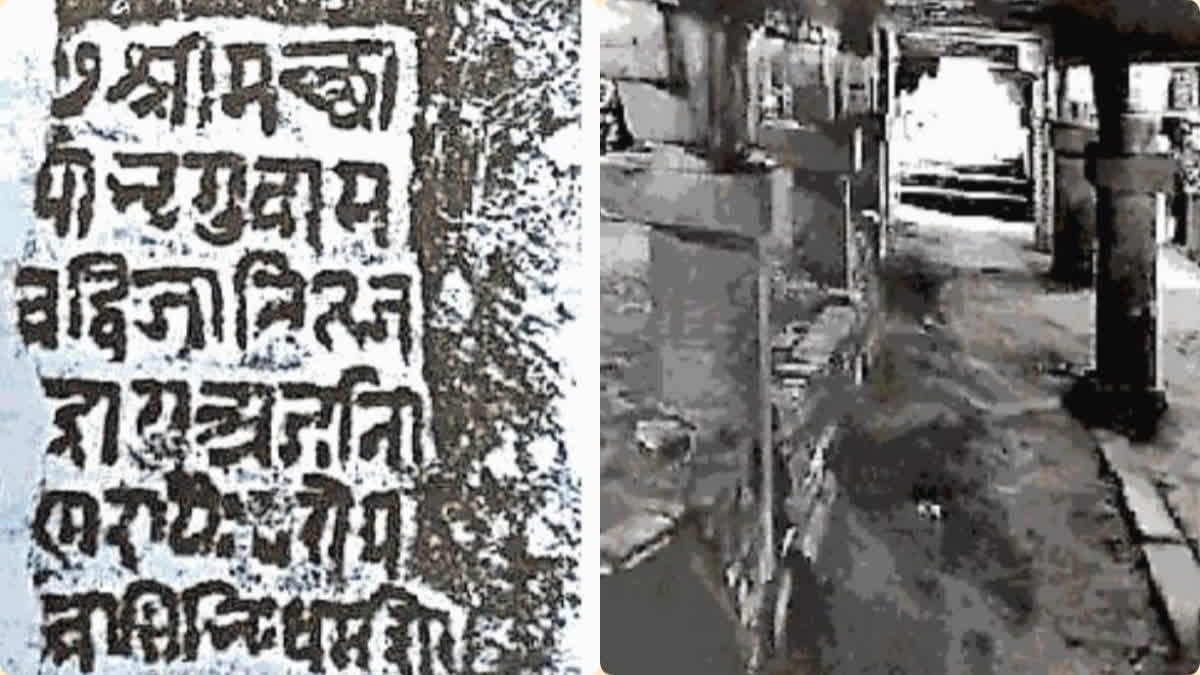Varanasi (Uttar Pradesh): The Archaeological Survey of India's (ASI) 839-page report that was has been handed over to both sides said a Hindu temple existed at the site of the Gyanvapi Mosque before it was constructed in the 17th century. The lawyer, who represented the plaintiffs said the western wall of the Gyanvapi mosque is the remaining part of a pre-existing Hindu temple.
An Arabic-Persian inscription discovered within a room states that the mosque was constructed during Aurangzeb's 20th royal year (1676–77 CE). Therefore, it appears that the earlier construction was demolished in the 17th century during Aurangzeb's reign, and that some of its components were altered and used in the current building.
As per sources, more than 200 remains have been submitted by the survey team to the District Officer, Varanasi including a broken idol of Lord Ganesha, Vishnu, and several figures of the Shivling.
On July 21, 2023, ASI was instructed by Varanasi district judge Ajaya Krishna Vishvesha, who was presiding over the Shringar Gauri case, to conduct a scientific assessment of the Gyanvapi premises in order to ascertain whether the mosque was built over an existing structure.
The district judge decided on Wednesday that copies of all the reports that ASI had filed to the senior division fast-track court of the Varanasi civil judge should be sent to the Muslim and Hindu sides. The original Adi Vishweshwar-Gyanvapi title suit is being heard by the fast-track court.
The ASI added that after conducting a methodical, scientific investigation of the pillars and pilasters utilised in the current building, it was discovered that for the expansion of the mosque, some parts of the pre-existing temple were reused and modified as per demands.
Read More:



